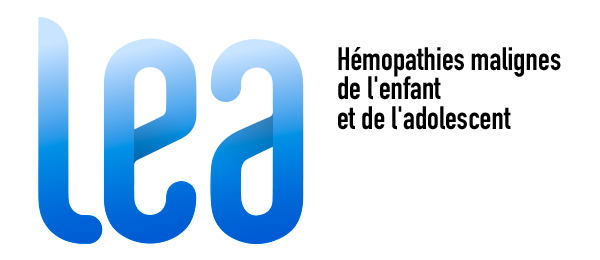Anne Sirvent, Pascal Auquier, Claire Oudin, Yves Bertrand, Sandrine Bohrer, Pascal Chastagner, Marilyne Poirée, Justyna Kanold, Sandrine Thouvenin, Yves Perel, Dominique Plantaz, Marie-Dominique Tabone, Karima Yakouben, Virginie Gandemer, Patrick Lutz, Nicolas Sirvent, Camille Vercasson, Julie Berbis, Hervé Chambost, Guy Leverger, André Baruchel and Gérard Michel.
Bone Marrow Transplant. 2016 Jan;52(1):80-87.
https://pubmed.ncbi.nlm.nih.gov/27595286/
Data on post-transplant iron overload (IO) are scarce in pediatrics. We conducted a prospective multicenter cohort study (Leucémiede l’Enfant et de l’Adolescent cohort) to determine the prevalence and risk factors of IO in 384 acute leukemia survivorstransplanted during childhood. Prevalence of IO (ferritin level⩾350 ng/mL) was 42.2% (95%CI 37.2–47.2%). Factors significantlyassociated with IO were: 1) in univariate analysis: older age at transplant (Po0.001), allogeneic versus autologous transplantation(Po0.001), radiation-based preparative regimen (P= 0.035) and recent period of transplantation (Po0.001); 2) in multivariateanalysis: older age at transplant in quartiles (Odds Ratio (OR) = 7.64, 95% CI: 3.73–15.64 for age412.7 years and OR = 5.36, 95% CI:2.63–10.95 for age from 8.2 to 12.7 years compared to ageo4.7 years), acute myeloid leukemia (OR = 3.23, 95% CI: 1.47–7.13),allogeneic graft (OR = 4.34, 95% CI: 2.07–9.12 for alternative donors and OR = 2.53, 95% CI: 1.2–5.33 for siblings, compared toautologous graft) and radiation-based conditioning regimen (OR = 2.45, 95% CI: 1.09–5.53). Graft-versus-host disease was anadditional risk factor for allogeneic graft recipients.
In conclusion, IO is a frequent complication in pediatric long-term survivors aftertransplantation for acute leukemia, more frequently observed in older children, those transplanted from alternative donors or withgraft-versus-host disease.

